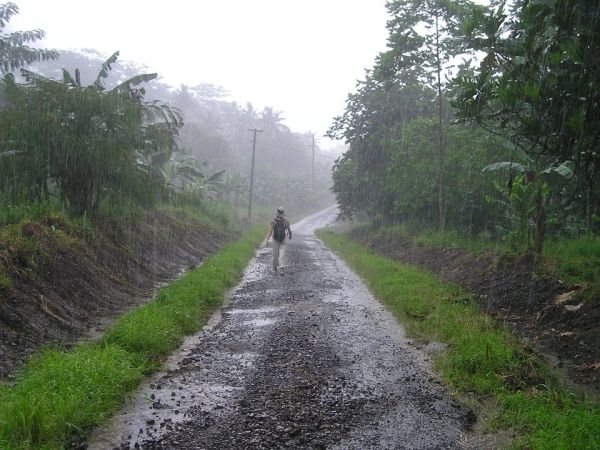Large volcanic eruptions can help to forecast the monsoon over India – the seasonal rainfall that is key for the country’s agriculture and thus for feeding one billion people. As erratic as they are, volcanic eruptions improve the predictability, an Indian-German research team finds. What seems to be a paradox is in fact due to a stronger coupling between the monsoon over large parts of South and South-East Asia and the El Niño phenomenon after an eruption. Combining data from meteorological observations, climate records, computer model simulations, and geological archives such as tree-rings, corals and ice-cores from past millennia of Earth history, the researchers found that a synchronization of the monsoon with the strongest mode of natural climate variability, the El Niño, makes it easier to anticipate the strength of seasonal rainfall in the Indian subcontinent.
“The tiny particles and gases that a large volcano blasts into the air enter into the stratosphere and remain there for a few years. While the volcanic matter in the stratosphere to some extent blocks sunshine from reaching the Earth’s surface , the reduced solar forcing increases the probability of an El Niño event in the next year,” says R. Krishnan from the Indian Institute of Tropical Meteorology in Pune. “This is because less sunshine means less warmth and hence a change of temperature differences between the Northern and Southern hemisphere, which in turn affects the atmospheric large-scale circulation and precipitation dynamics. Advanced data analysis now reveals that large volcanic eruptions are more likely to promote the coincidence of warm El Niño events over the Pacific and Indian monsoon droughts – or, in contrast, cool La Niña events over the Pacific and Indian monsoon excess.
Read more at Potsdam Institute for Climate Impact Research (PIK)
Photo Credit: Simon via Pixabay


